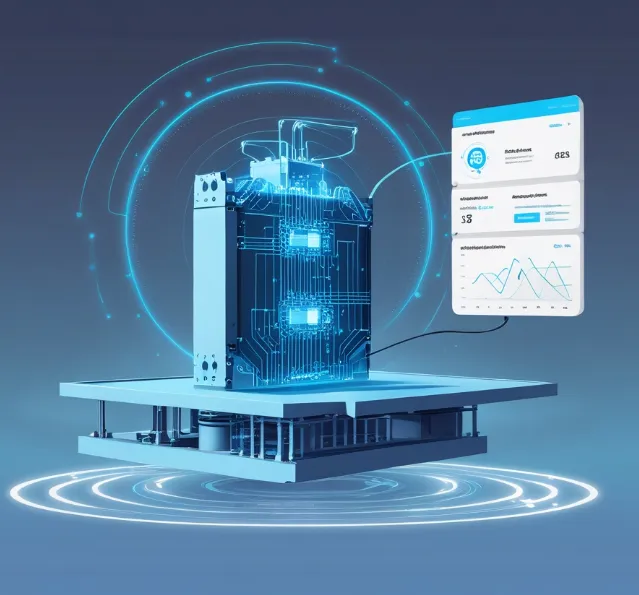The manufacturing industry has long been an essential pillar of the global economy. However, it is facing significant challenges in modernizing and optimizing its operations. Despite advancements in technology, manufacturers still rely on traditional methods to handle the demands of complex production processes. Yet, a new technological innovation is reshaping the way factories operate: Digital twins. This game-changing solution promises to improve productivity, reduce waste, and enable smarter decision-making across industries.
Understanding Digital Twins
A digital twin refers to a virtual representation of a physical object, process, or system. This virtual model simulates real-world conditions, providing manufacturers with a detailed and interactive replica of their operations. Initially conceptualized in 1992 and popularized in manufacturing by 2010, digital twins have quickly become indispensable tools in various industries. The technology allows real-time data to be integrated into the virtual model, providing actionable insights and enhancing operational efficiency.
By creating a digital counterpart of a physical entity, digital twins can detect anomalies, predict maintenance needs, optimize performance, and simulate potential outcomes. This ability to mirror and analyze physical systems in a virtual space has enabled manufacturers to enhance factory efficiency and reduce costly downtime.
How Digital Twins Work
Setting up a digital twin begins with mapping out the physical environment using detailed blueprints. In manufacturing, this often involves creating 3D models of factories and machinery, which are fed into a software program. Sensors and real-time monitoring devices are then employed to gather performance data from the physical equipment.
Once the digital replica is created, artificial intelligence (AI) and machine learning (ML) algorithms come into play. These technologies help establish a baseline by monitoring the system’s behavior and learning to differentiate between normal and irregular performance patterns. Unlike traditional monitoring systems, which only focus on individual pieces of equipment, digital twins offer a holistic view of operations, considering the interactions between different machines and processes. This comprehensive approach makes it easier to manage complex systems and uncover hidden insights that drive improvement.
Real-World Applications of Digital Twins
To truly appreciate the impact of digital twins, let’s look at a concrete example. In the picturesque town of Regensburg, Germany, BMW operates two major manufacturing facilities. The first is a traditional factory producing hundreds of cars daily, while the second is its digital twin—a virtual version of the same facility.
This virtual model mimics every aspect of the production line, from worker movements to quality control inspections. It’s accessible through screens or virtual reality (VR) headsets, allowing managers to monitor and optimize processes in real time. By analyzing the digital twin, BMW has significantly reduced waste, improved factory layout design, and enhanced environmental sustainability.
Other industries have similarly embraced digital twins to improve their operations. In healthcare, digital twins are used to create accurate models of organs, facilitating medical research and treatment planning. The aerospace sector employs the technology to design and prototype new aircraft, while defense contractors use digital twins for fighter jet development.
Why Digital Twins Are Crucial for Modern Manufacturing
One of the most pressing challenges for manufacturers is maintaining expensive machinery in an ever-changing environment. With tight production schedules and fluctuating demands, optimizing factory performance can seem like an insurmountable task. However, digital twins are changing the landscape by offering real-time visibility into factory operations, including predictive maintenance and performance analysis.
This ability to monitor and optimize machinery performance in real time leads to numerous benefits, such as:
- Reduced downtime: Early detection of equipment issues allows for timely repairs, minimizing disruptions.
- Increased safety: Virtual simulations help identify safety hazards before they affect workers.
- Improved throughput: Streamlining processes and minimizing delays increases production capacity.
- Lower emissions: Optimizing processes leads to more sustainable manufacturing practices.
- Faster delivery cycles: Real-time data enables manufacturers to meet deadlines more effectively.
- Cost savings: Reduced waste, energy consumption, and production inefficiencies cut operational costs.
For industries like aerospace, healthcare, and automotive, where parts are costly and in high demand, the value of digital twins becomes especially apparent. Manufacturers can maximize the use of their resources and achieve higher levels of operational excellence.
The Future of Digital Twins in the Industry 4.0 Era
As part of the Fourth Industrial Revolution (4IR), digital twins play a critical role in the ongoing transformation of manufacturing. With technologies like AI, machine learning, the Internet of Things (IoT), and cloud computing converging, the manufacturing industry is entering a new era of automation and interconnectedness. Digital twins are a central component of this revolution, enabling more decentralized decision-making and fostering continuous improvement.
The market for digital twins is poised for tremendous growth. From a value of $3.1 billion in 2020, it is expected to reach over $48 billion by 2026. As more industries adopt this technology, the opportunities for enhanced productivity, innovation, and sustainability will continue to expand.
In conclusion, digital twins are no longer just a futuristic concept; they are transforming manufacturing in profound ways. By offering a comprehensive, real-time view of factory operations, they enable companies to reduce costs, improve safety, and increase efficiency. As industries across the globe continue to adopt this technology, it is clear that digital twins will be a driving force in the next phase of manufacturing innovation.







